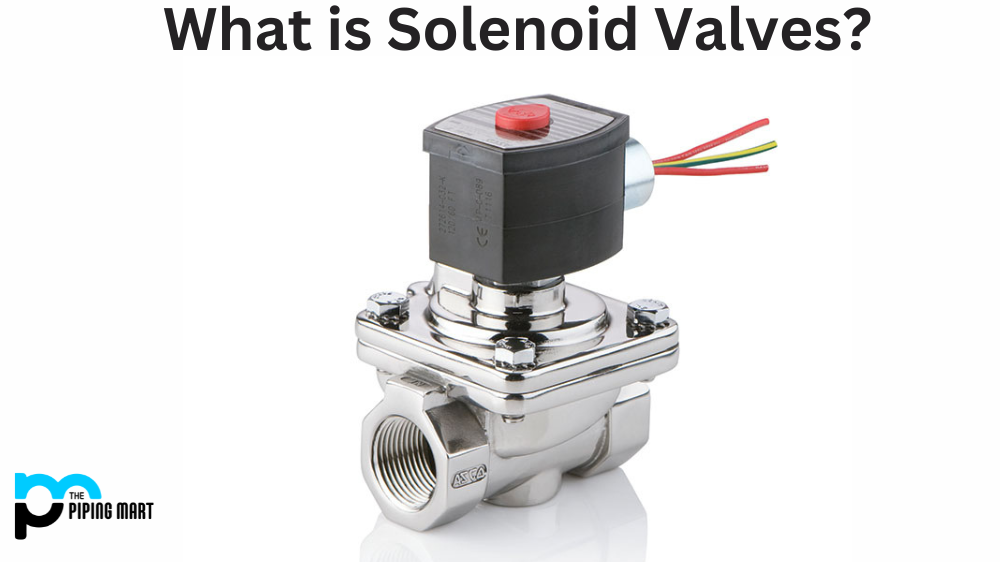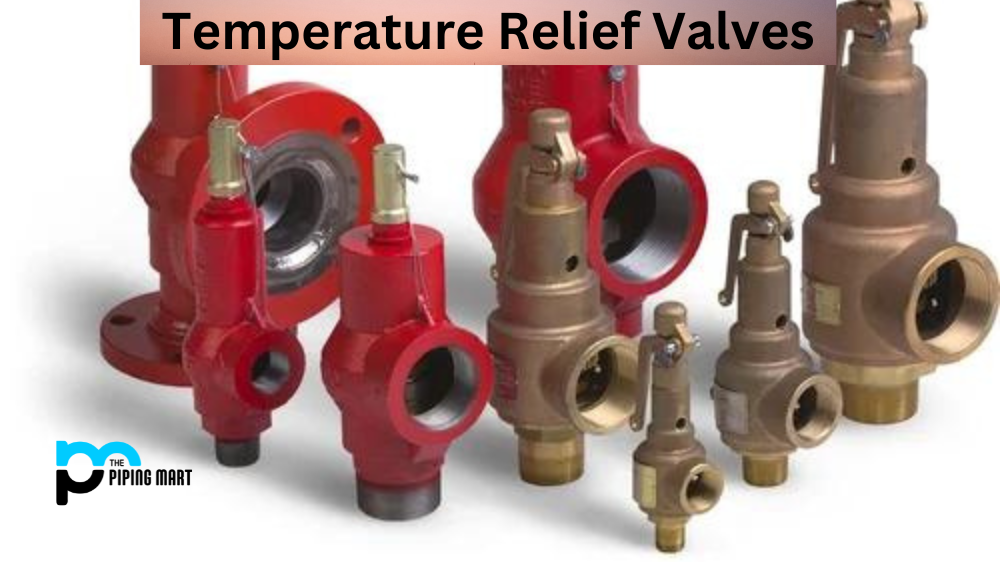A diaphragm valve is a device used to control the flow of fluids or gases. It is essential in many industrial processes, as it regulates and limits the amount of liquid or gas passing through a given pipe or channel. In this blog post, we’ll look at how diaphragm valves work and some common uses.
What is Diaphragm Valve?
Diaphragm valves are an essential part of many industries. A diaphragm valve is a mechanical device used to control the flow of liquids and gases. They consist of two main parts: the body, which contains the spring and actuator, and the diaphragm – usually made from rubber or synthetic materials like fluorocarbons or PTFE. This diaphragm moves up or down in response to pressure change to completely shut off or open the flow inside a plumbing or piping system. Open allows liquids and gases to pass through freely; however, when closed, it blocks any material from travelling beyond its point of connection. These valves can be used for water distribution systems, oil and gas pipelines, automotive engines and chemical processing systems. Ultimately, their reliability makes them perfect for critical applications needing precision flow control that environmental conditions cannot hinder.
How Diaphragm Valves Work
Diaphragm valves comprise two main parts – the valve body and the diaphragm itself. The valve body contains an inlet and outlet port, which allows for the passage of fluids or gases. The diaphragm is a flexible rubber membrane that sits between the two ports, sealing off one side from the other. When pressure is applied to one side of the diaphragm, it moves and seals off both sides simultaneously, thus controlling the flow rate.
Diaphragm Valve Uses
Diaphragm valves are used in various industries, including chemical processing plants, food processing facilities, pharmaceutical companies, water treatment plants, and more. They can be used to regulate pressure levels or control the flow rate of liquids and gases in any number of industrial processes. For example, they can control fluid flow in pumps and compressors, regulate pressure levels in boilers, or shut off steam lines when a system needs to be serviced.
Conclusion:
In summary, diaphragm valves are beneficial devices for controlling fluid or gas flow in various industrial applications. They are easy to install and maintain and can provide precise flow regulation with minimal effort. If you’re looking for an efficient way to regulate pressure levels or shut off steam lines when needed, consider investing in high-quality diaphragm valves today!
Meet Heer, a dynamic and driven writer learning tricks of her trade in the metal industry. With a background in Digital Marketing, Heer brings a unique perspective to her writing, sharing valuable insights. Apart from blogging she like reading and hiking.




